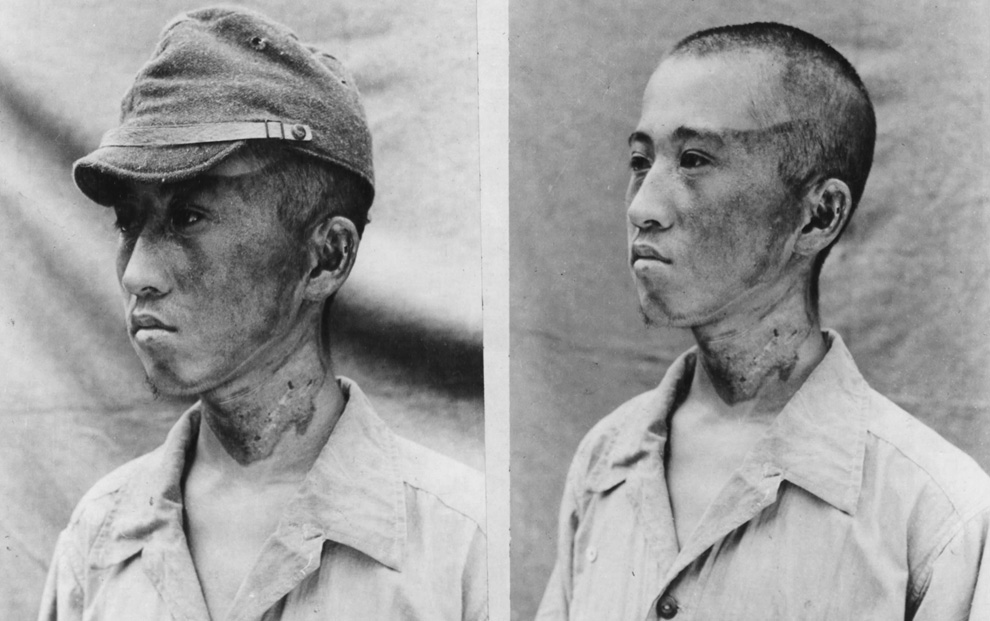Flash Burns
Flash burns are one of the serious consequences of a nuclear explosion. Flash burns result from the absorption of radiant energy by the skin of exposed individuals. A distinctive feature of flash burns is the fact they are limited to exposed areas of the skin facing the explosion.

A 1-megaton explosion can cause first-degree burns (a bad sunburn) at a distance of about 7 miles, second-degree burns (producing blisters and permanent scars) at distances of about 6 miles, and third-degree burns (which destroy skin tissue) at distances up to 5 miles. Third-degree burns over 24 percent of the body, or second-degree burns over 30 percent, will result in serious shock, and will probably prove fatal unless prompt, specialized medical care is available.

It has been estimated that burns caused some 50 percent of the deaths at Hiroshima and Nagasaki.